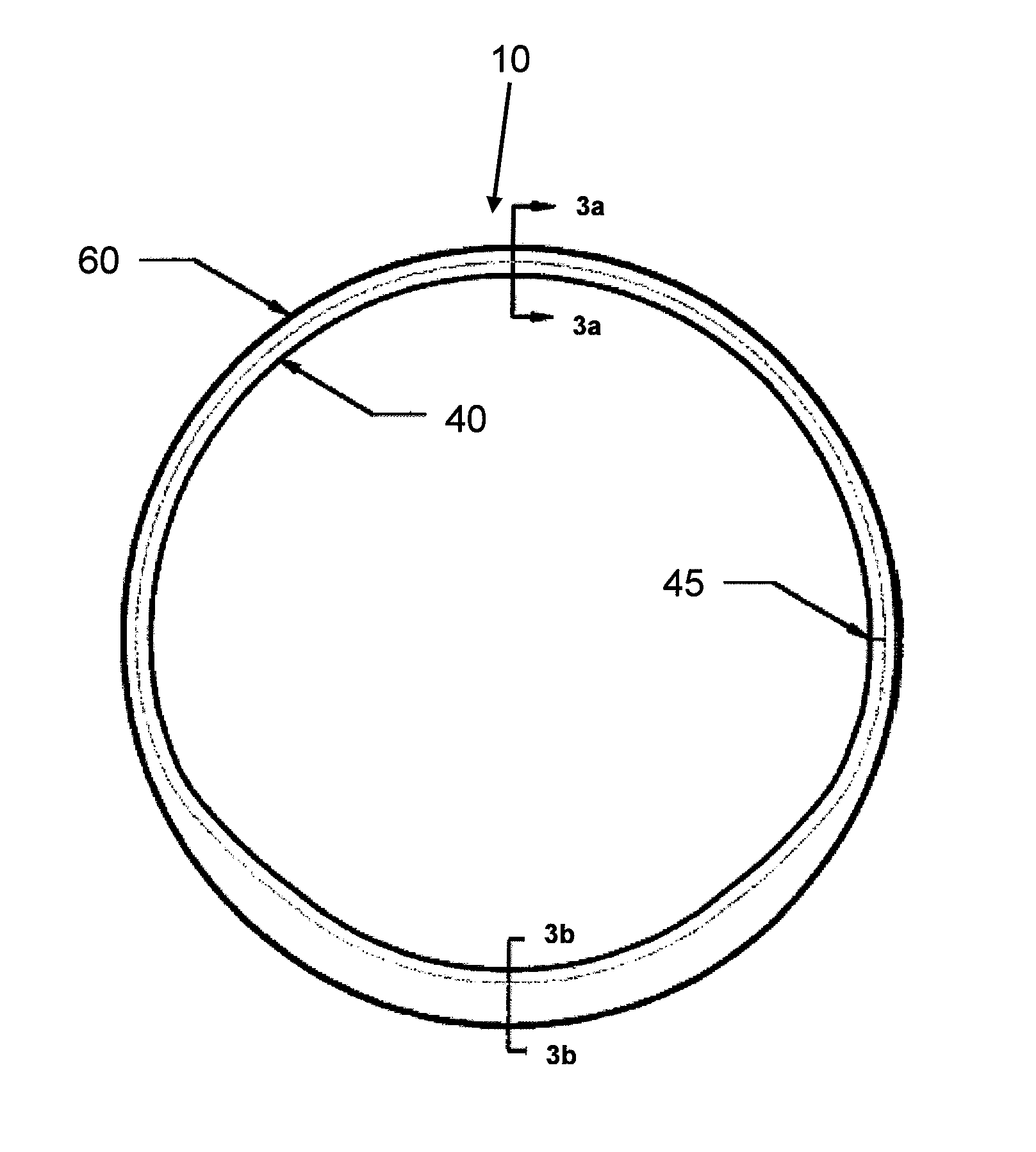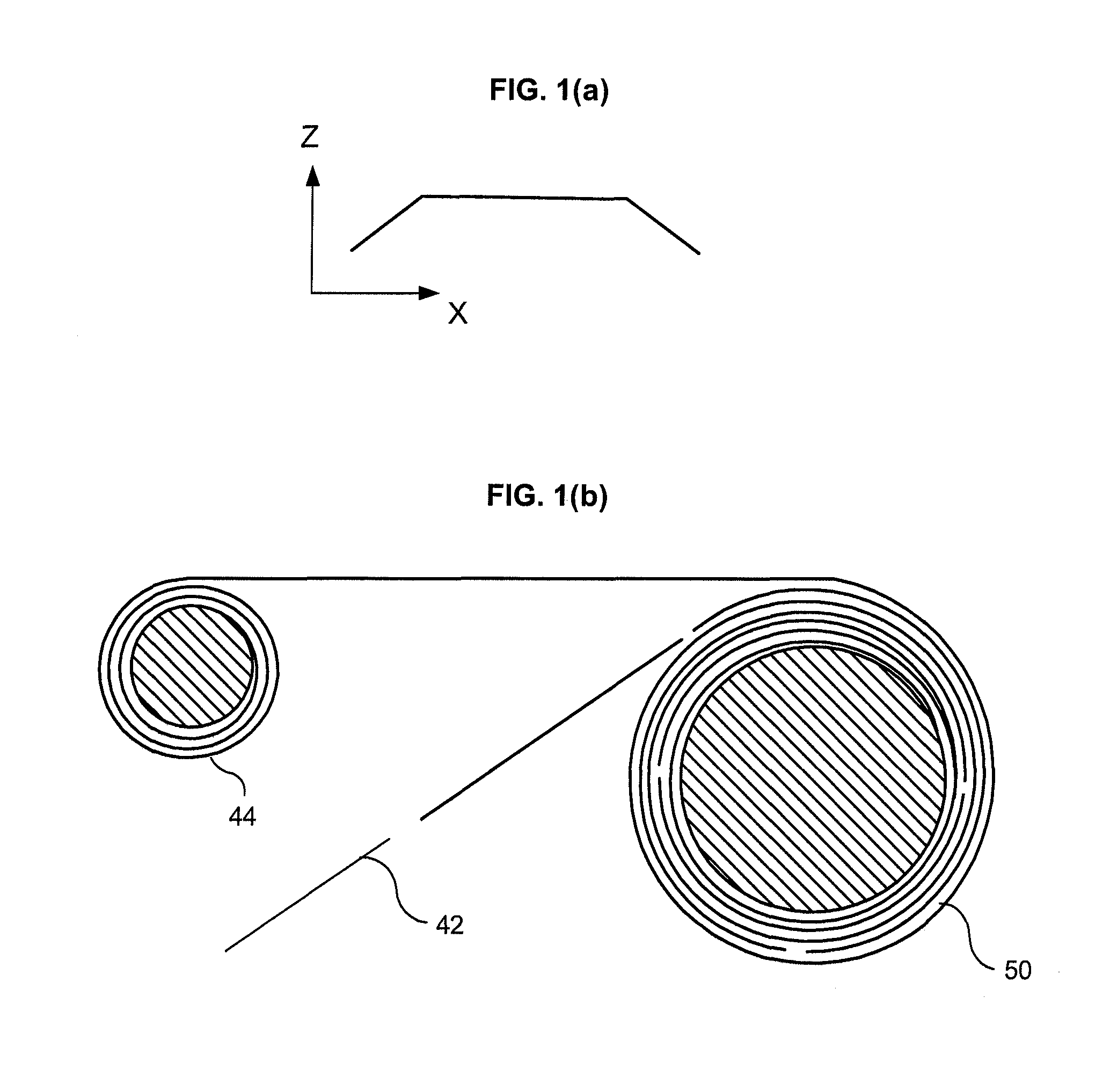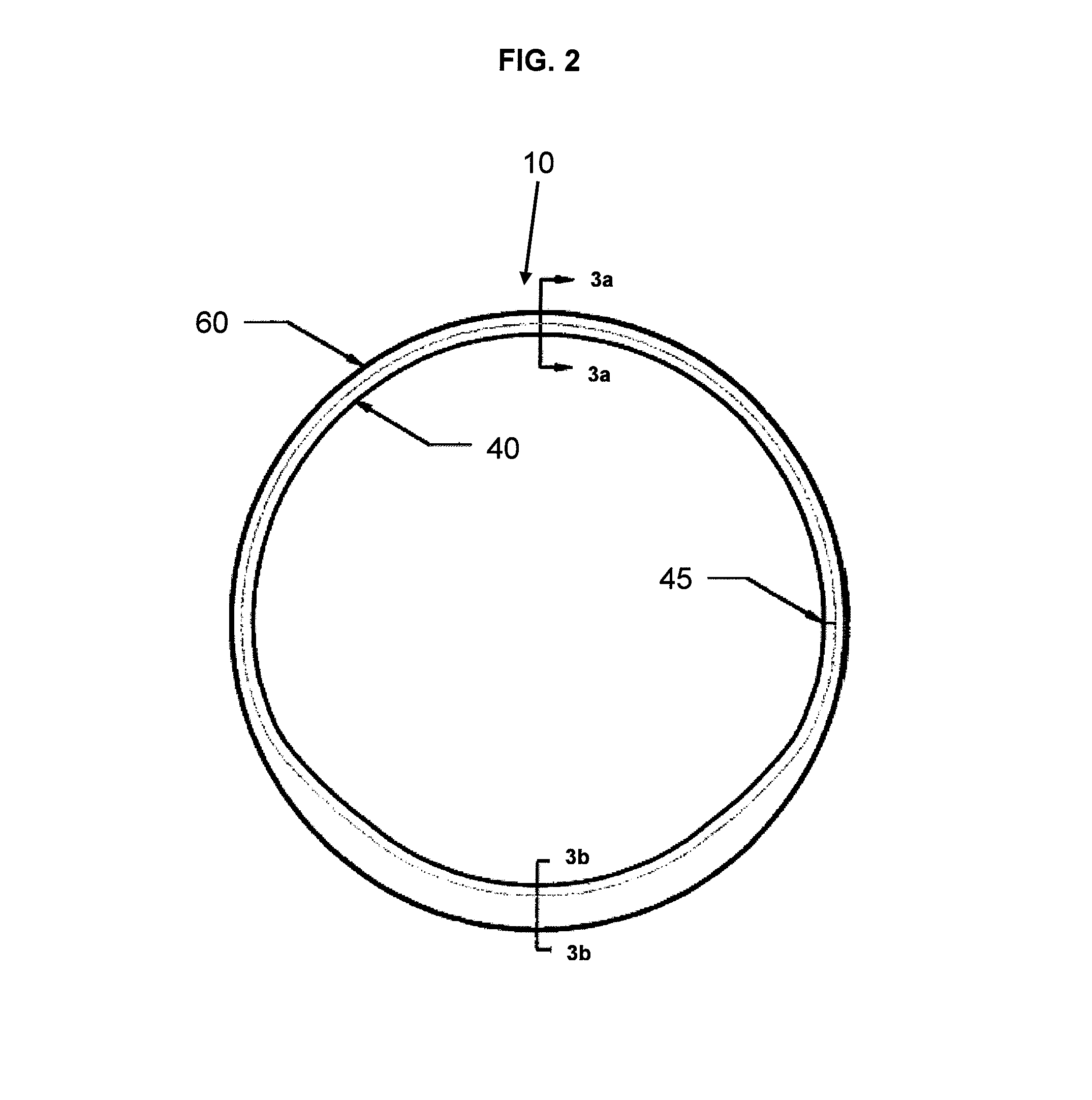Multidirectionally reinforced shape woven preforms for composite structures
a multi-directional reinforced, composite material technology, applied in the direction of bridges, vehicular safety arrangments, synthetic resin layered products, etc., can solve the problems of parts that distort, dimple, ripple, and parts that cannot be of the same material or have comparable physical properties, and achieve the effect of improving strength
- Summary
- Abstract
- Description
- Claims
- Application Information
AI Technical Summary
Benefits of technology
Problems solved by technology
Method used
Image
Examples
Embodiment Construction
[0049]The instant invention will now be described more fully hereinafter with reference to the accompanying drawings, in which preferred embodiments of the invention are shown. This invention may, however, be embodied in many different forms and should not be construed as limited to the illustrated embodiments set forth herein. Rather, these illustrated embodiments are provided so that this disclosure will be thorough and complete, and will fully convey the scope of the invention to those skilled in the art.
[0050]In the following description, like reference characters designate like or corresponding parts throughout the figures. Additionally, in the following description, it is understood that such terms as “upper,”“lower,”“top” and “bottom” and the like are words of convenience and are not to be construed as limiting terms.
[0051]Turning now to the figures, the invention according to one embodiment is a method of fabricating a multidirectionally reinforced fiber preform for use in h...
PUM
| Property | Measurement | Unit |
|---|---|---|
| oblique angles | aaaaa | aaaaa |
| structure | aaaaa | aaaaa |
| warp lengths | aaaaa | aaaaa |
Abstract
Description
Claims
Application Information
 Login to View More
Login to View More - R&D
- Intellectual Property
- Life Sciences
- Materials
- Tech Scout
- Unparalleled Data Quality
- Higher Quality Content
- 60% Fewer Hallucinations
Browse by: Latest US Patents, China's latest patents, Technical Efficacy Thesaurus, Application Domain, Technology Topic, Popular Technical Reports.
© 2025 PatSnap. All rights reserved.Legal|Privacy policy|Modern Slavery Act Transparency Statement|Sitemap|About US| Contact US: help@patsnap.com



